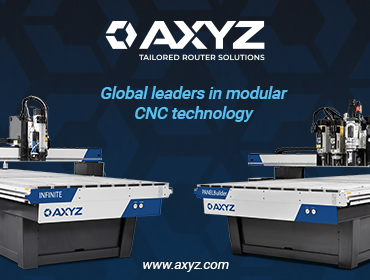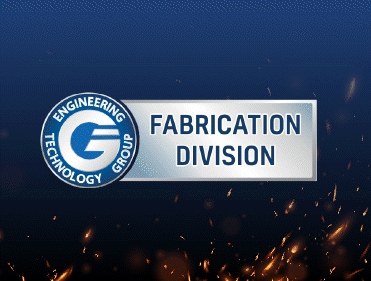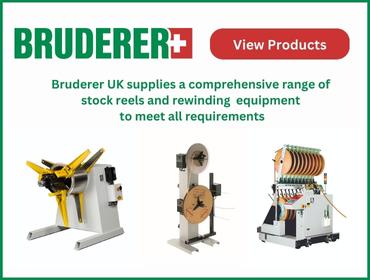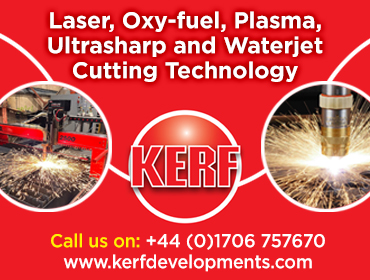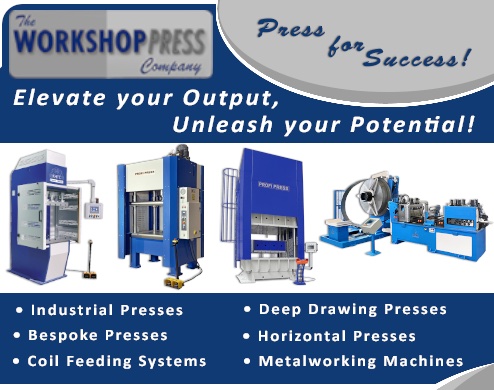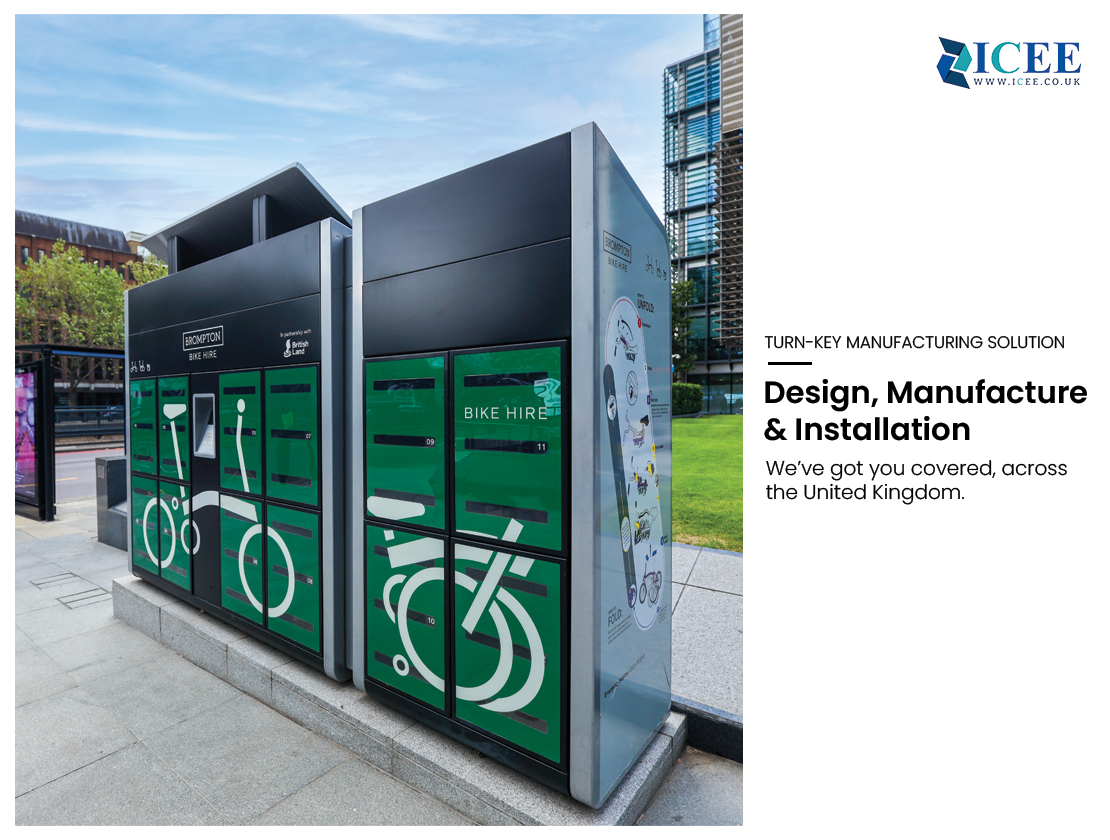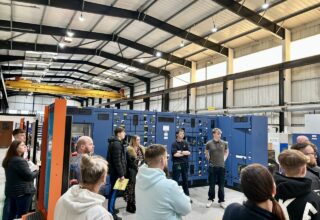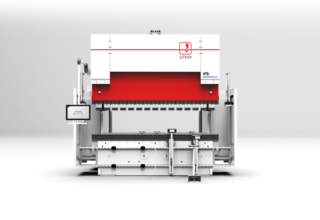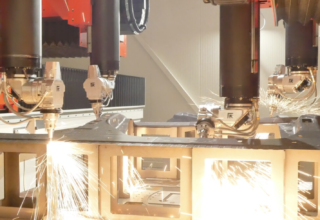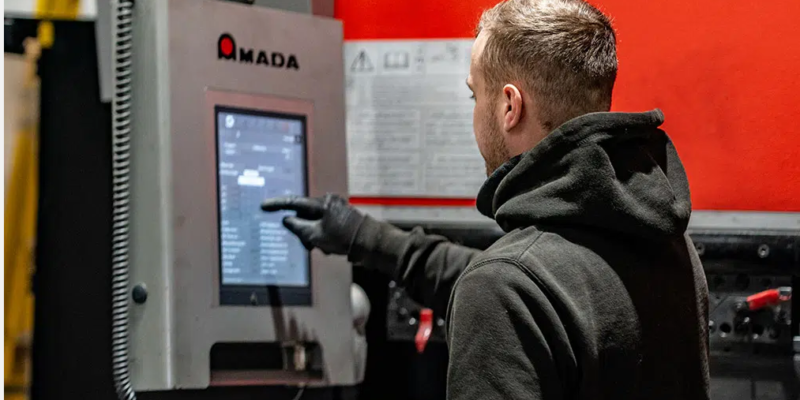
Transforming a nondescript flat sheet into a complex, functional form is nothing short of magic in metal fabrication. With the advent of CNC technology, this process has become more precise, efficient, and versatile. This guide aims to demystify sheet metal folding with CNC precision, offering insights into its process, benefits, and practical applications.
The Heart of CNC Precision in Metal Folding
CNC Precision Unveiled: At its core, CNC sheet metal folding involves the use of computer-controlled machines to bend flat metal sheets at desired angles, creating intricate forms and shapes. This method stands out for its precision, as the CNC machines follow exact specifications inputted into their system, ensuring each fold is executed accurately.
The Process: The journey from a flat sheet to a finished form involves several key steps. It begins with designing the desired item in a CAD (Computer-Aided Design) program, where every bend, angle, and dimension is meticulously planned. This digital model is then translated into a language the CNC folding machine understands, which executes the bends with precision and consistency.
Why CNC Precision Makes a Difference
Enhanced Accuracy: Its incredible accuracy is the hallmark of CNC sheet metal folding. Traditional manual folding methods rely heavily on the operator’s skill and experience, which, while valuable, can introduce variability in the final product. CNC technology, on the other hand, minimizes human error, ensuring each piece is consistent with the last.
Efficiency and Speed: With CNC machines, the turnaround time from design to production is significantly reduced. This efficiency is great for industries where time is of the essence.
Flexibility in Design: One of the most exciting aspects of CNC sheet metal folding is its design flexibility. Complex shapes and intricate designs that would be challenging or impossible to achieve by hand are easily handled by CNC machines. This opens up new possibilities for innovation and creativity in metal fabrication.
Cost-Effectiveness: While the initial investment in CNC machinery can be high, the long-term savings are substantial. Reduced labour costs, minimal material waste, and the ability to produce high volumes quickly make CNC folding a cost-effective choice for large-scale production.
Practical Applications and Tips
Where CNC Folding Shines: CNC sheet metal folding applications are vast and varied; from the aerospace industry, where precision and weight are critical, to the construction of bespoke furniture and architectural elements, CNC folding plays a crucial role. Its precision is also essential in the electronics industry, where components must fit together flawlessly.
Tips for Success: To maximize the benefits of CNC sheet metal folding, starting with a well-designed CAD model is crucial. Attention to detail in the planning phase can prevent costly mistakes. Additionally, choosing the right type of metal and thickness for your project is essential, as different materials react differently to the folding process.
Looking Ahead: The Future of CNC Metal Folding
As technology advances, the capabilities of CNC sheet metal folding continue to expand. Innovations in software and machinery are making the process even faster, more accurate, and more accessible to various industries. The future of metal fabrication lies in integrating these technologies with traditional craftsmanship, where the precision of machines and the creativity of humans combine to create metal forms of unparalleled complexity and beauty.
Conclusion: Folding into the Future
The journey from a flat sheet of metal to a structured, functional form is a testament to the advancements in fabrication technology. CNC sheet metal folding not only enhances the precision and efficiency of this process but also opens up new avenues for design and creativity. As we embrace the possibilities offered by CNC precision, the future of metal fabrication looks brighter and more innovative than ever.
FAQs:
- What materials can be used in CNC sheet metal folding? Metals such as aluminium, steel, stainless steel, and brass are commonly used, each offering different benefits depending on the application.
- How does CNC folding compare to other metal-forming processes? CNC folding is highly accurate and efficient, making it ideal for projects requiring precision and large-scale production. It complements other processes like laser cutting and stamping by providing a complete fabrication solution.
- Can CNC folding handle complex designs? Absolutely. One of the greatest strengths of CNC folding is its ability to execute complex designs with precision, which might be challenging or impossible with manual methods.




